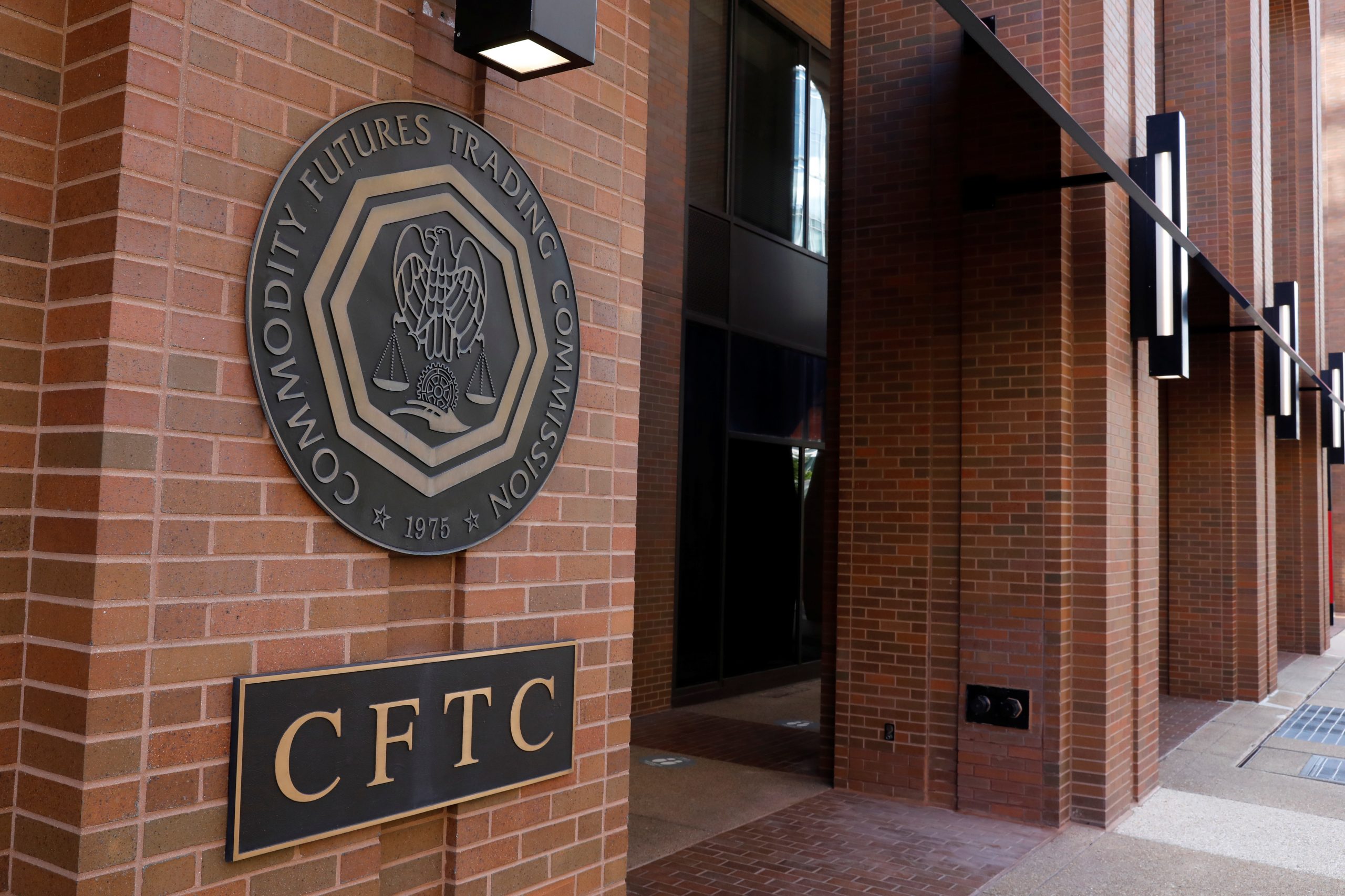Indian Rupee recovers on strong FIIs inflow, Fed’s policy in focus
-1761717451086-1761717451090.png&w=1536&q=95)
The Indian Rupee (INR) rebounds after a weak opening against the US Dollar (USD) on Wednesday. The USD/INR falls back to near 88.30, even as the US Dollar trades higher, suggesting strength in the Indian Rupee.
At the time of writing, the US Dollar Index (DXY), which tracks the Greenback’s value against six major currencies, edges up to near 98.80.
The Indian currency gains as overseas investors pump significant capital into the Indian stock market on Tuesday. Foreign Institutional Investors (FIIs) bought Rs. 10,339.80 crores worth of equity shares on Tuesday, the highest amount of one-day purchase seen in a few months.
In the July-September period, FIIs sold shares worth Rs. 1,29,870.96 crores in the Indian equity market. The major reason behind the outflow of a significant chunk of foreign flows was trade frictions between the US and India.
US President Donald Trump raised tariffs on imports from India to 50% as a penalty for buying oil from Russia. Trump criticized India for buying Russian oil, stating that money flowing to Moscow against energy sales is being utilized to fund the war in Ukraine.
Meanwhile, easing trade tensions between the two nations has improved the sentiment of foreign investors towards India. This weekend, a Bloomberg report showed that negotiators from both nations have agreed on almost all issues, and a deal could be announced soon.
Daily digest market movers: The Fed is almost certain to cut interest rates
- The Indian Rupee recovers against the US Dollar ahead of the Federal Reserve’s (Fed) monetary policy announcement at 18:00 GMT. According to the CME FedWatch tool, traders have priced in a 25-basis-point (bps) interest rate reduction by the Fed that will push the Federal Fund rate to 3.75%-4.00%. Therefore, the major trigger for the US Dollar will be monetary policy guidance by the Fed for the last policy meeting of the year in December.
- Market participants expect the Fed to deliver a dovish stance on the monetary policy outlook as the impact of US tariffs on inflation has not appeared to be persistent, labor market conditions continue to deteriorate, and the federal shutdown enters its fourth week.
- The US Consumer Price Index (CPI) data for September showed on Friday that monthly headline and core inflation grew moderately by 0.3% and 0.2%, respectively. The same day, the flash S&P Global PMI report for October showed that while employment growth picked up, the pace of job creation remained only modest, and weakened especially in manufacturing. Job growth was limited by a worsening of business confidence, principally reflecting ongoing concerns over the impact of government policies such as tariffs.
- On the global front, investors await the high-stakes trade talks between US President Trump and Chinese leader Xi Jinping in South Korea on Thursday. Ahead of the meeting, Trump has expressed that fentanyl-tied tariffs imposed on Beijing would come down. “I expect to be lowering that because I believe they’re going to help us with the fentanyl situation,” Trump said to reporters at Air Force One.
- Earlier this week, US Treasury Secretary Scott Bessent also expressed confidence that 100% additional tariffs recently imposed by Washington on Beijing would be rolled back, and China might also defer rare-earth export controls.
Technical Analysis: USD/INR falls back to near 88.30
-1761717451086-1761717451090.png&w=1536&q=95)
USD/INR retreats to near 88.30 on Wednesday. The pair struggles to return above the 20-day Exponential Moving Average (EMA), which trades around 88.41.
The 14-day Relative Strength Index (RSI) recovers sharply from 40.00, suggesting buying interest at lower levels.
Looking down, the August 21 low of 87.07 will act as key support for the pair. On the upside, the all-time high of 89.12 will be a key barrier.
Economic Indicator
Fed Interest Rate Decision
The Federal Reserve (Fed) deliberates on monetary policy and makes a decision on interest rates at eight pre-scheduled meetings per year. It has two mandates: to keep inflation at 2%, and to maintain full employment. Its main tool for achieving this is by setting interest rates – both at which it lends to banks and banks lend to each other. If it decides to hike rates, the US Dollar (USD) tends to strengthen as it attracts more foreign capital inflows. If it cuts rates, it tends to weaken the USD as capital drains out to countries offering higher returns. If rates are left unchanged, attention turns to the tone of the Federal Open Market Committee (FOMC) statement, and whether it is hawkish (expectant of higher future interest rates), or dovish (expectant of lower future rates).
Read more.
Next release:
Wed Oct 29, 2025 18:00
Frequency:
Irregular
Consensus:
4%
Previous:
4.25%
Source:
Federal Reserve





